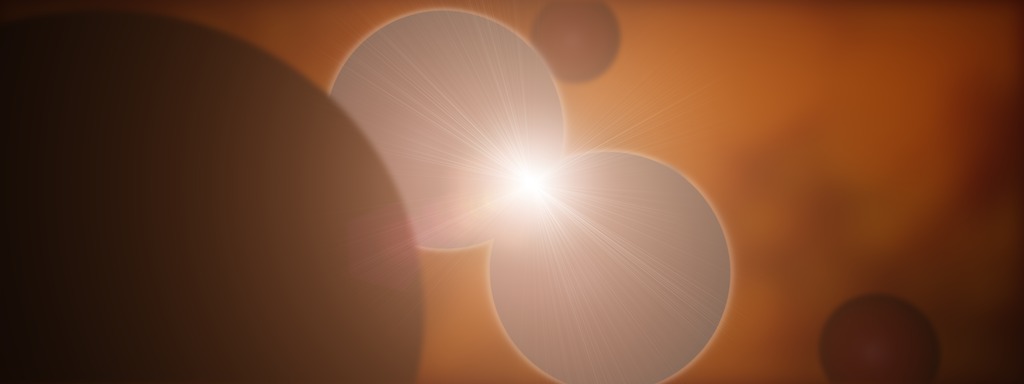Journey Of Light
The light that illuminates our planet is made deep inside the sun and takes some 40,000 years to travel through the sun’s layers. Particles of light form from atoms undergoing nuclear fusion in the sun’s innermost layer known as the core. The light then flows through the sun’s interior for millennia, slowly bubbling up like water in a boiling pot. It eventually bursts past the sun’s surface, called the photosphere, and rises into the solar atmosphere. Once in the atmosphere—made up of the chromosphere and corona—the light streams out through the solar system. Watch the video to see how light travels from the sun's interior to the surface.

Explore how light travels through the layers of the sun.
This animation shows light from inside the sun streaming up through its many layers.

The sun is composed of the five different layers seen in this image.

A region of subsurface flow separates the core from the sun's outer shell, the photosphere.

The chromosphere and corona make up the sun's lower and upper atmosphere, respectively.
Credits
Please give credit for this item to:
NASA's Goddard Space Flight Center
-
Animators
- Walt Feimer (HTSI)
- Michael Lentz (USRA)
-
Video editor
- Genna Duberstein (USRA)
-
Producers
- Genna Duberstein (USRA)
- Walt Feimer (HTSI)
-
Scientist
- Holly Gilbert (NASA/GSFC)
-
Writer
- Karen Fox (ADNET Systems, Inc.)
Release date
This page was originally published on Thursday, May 22, 2014.
This page was last updated on Wednesday, May 3, 2023 at 1:50 PM EDT.
